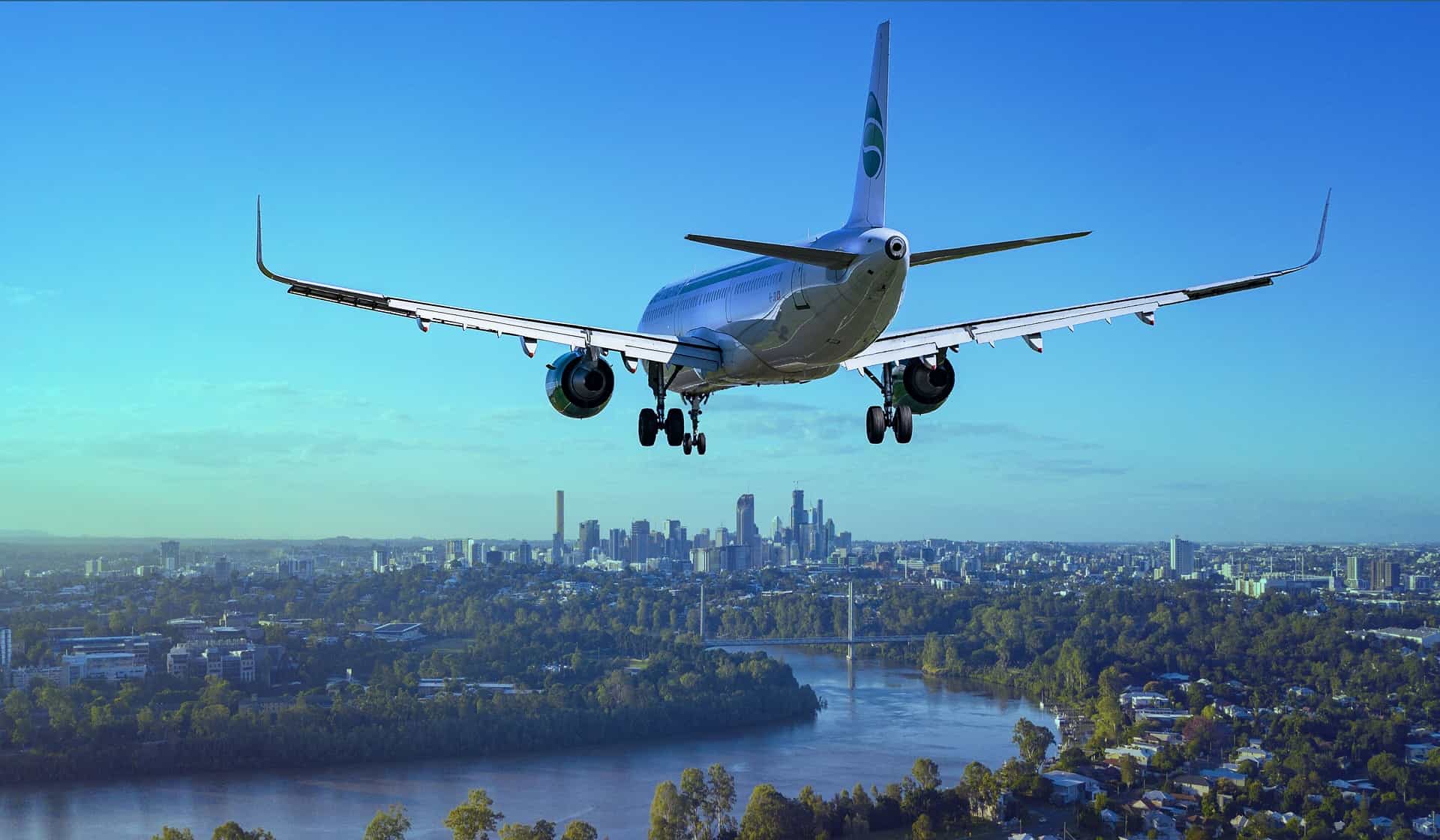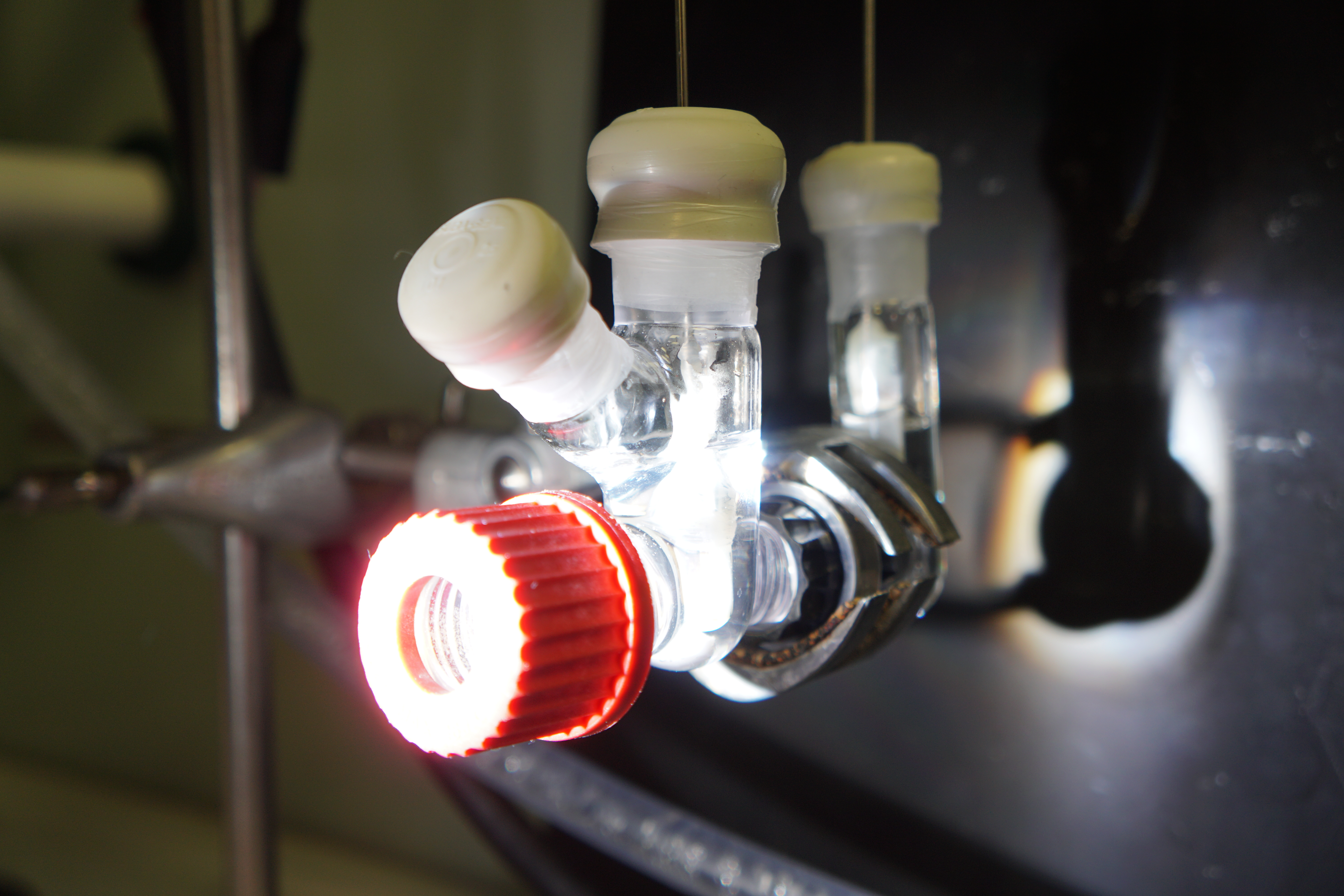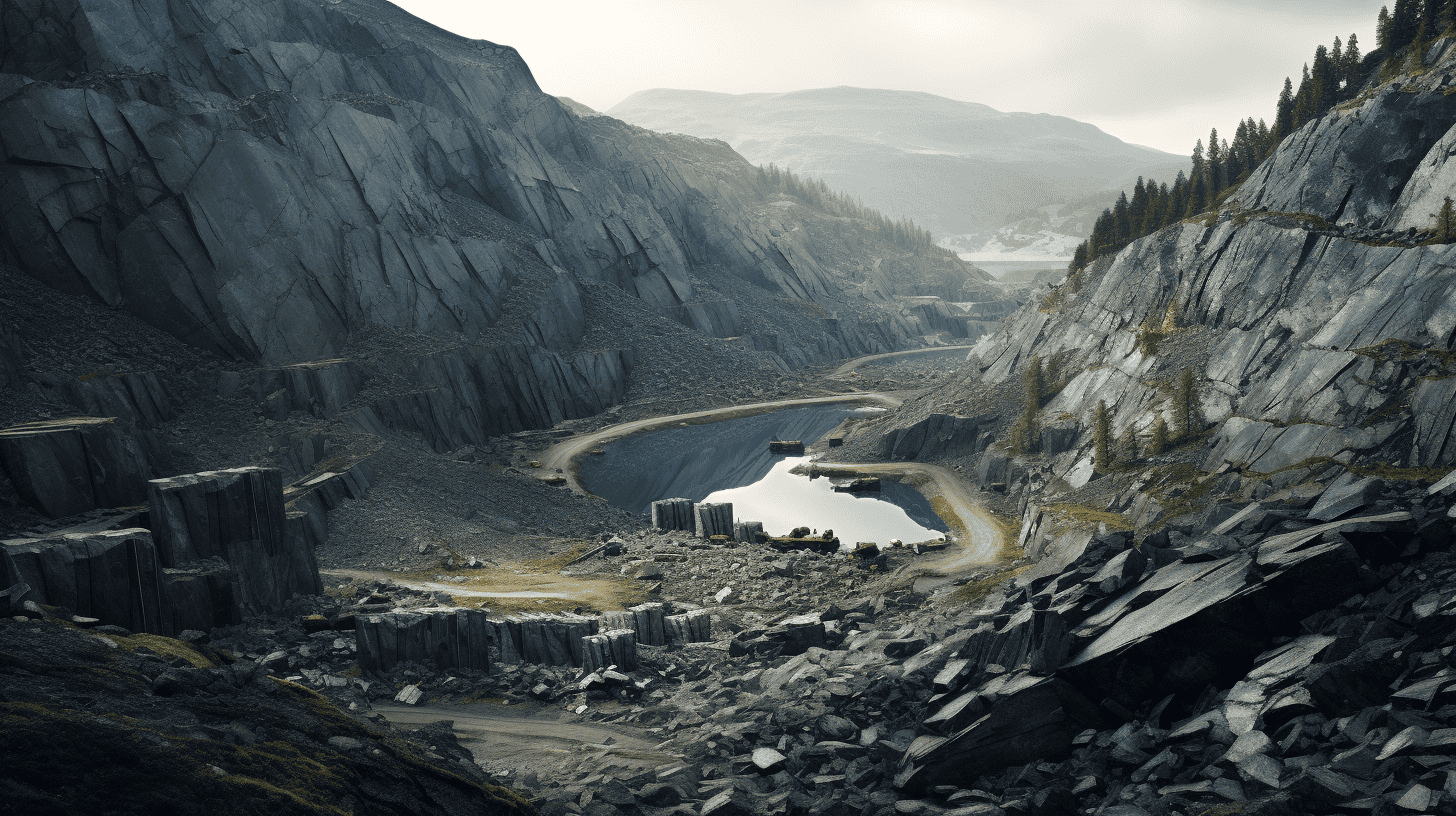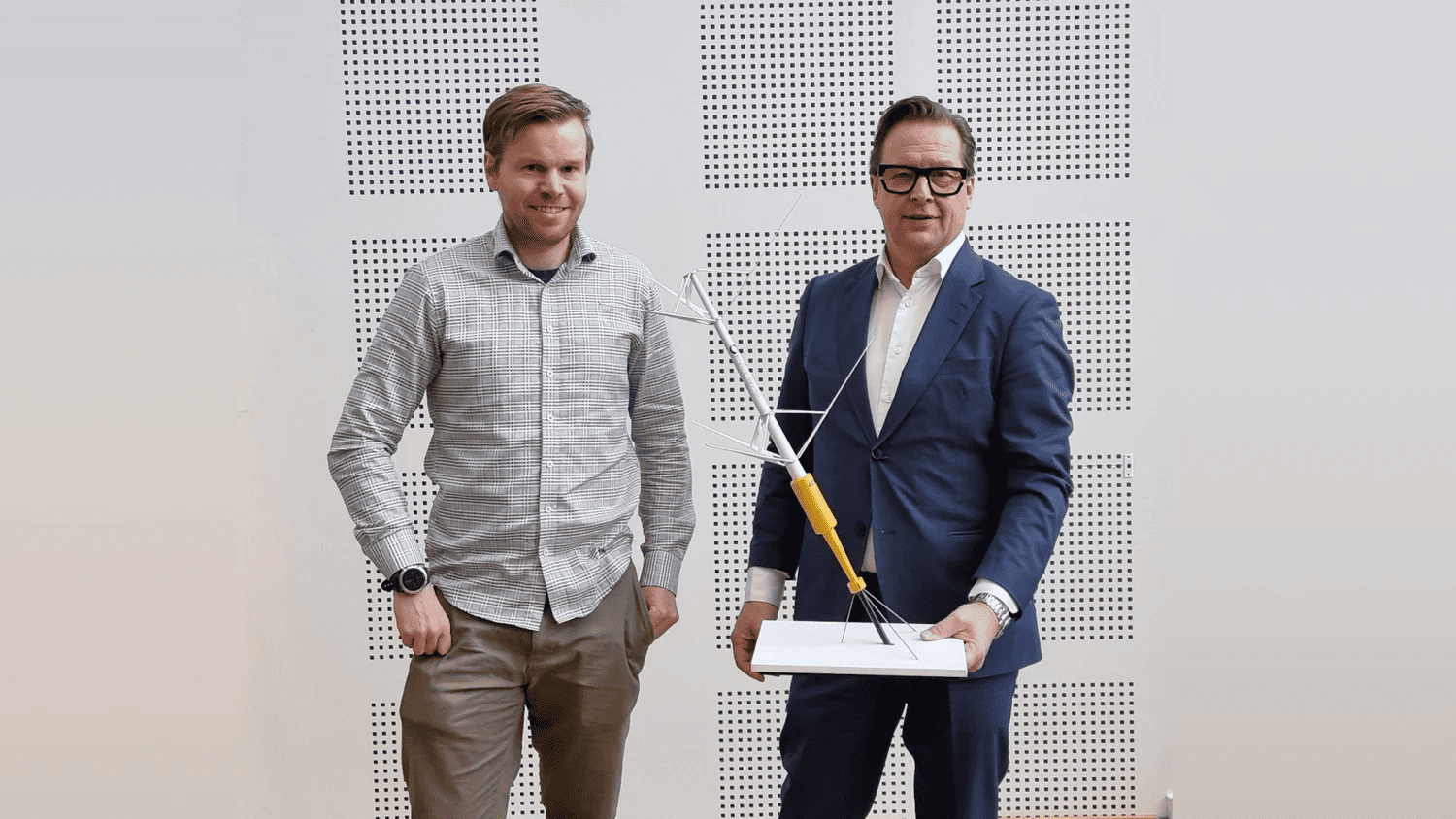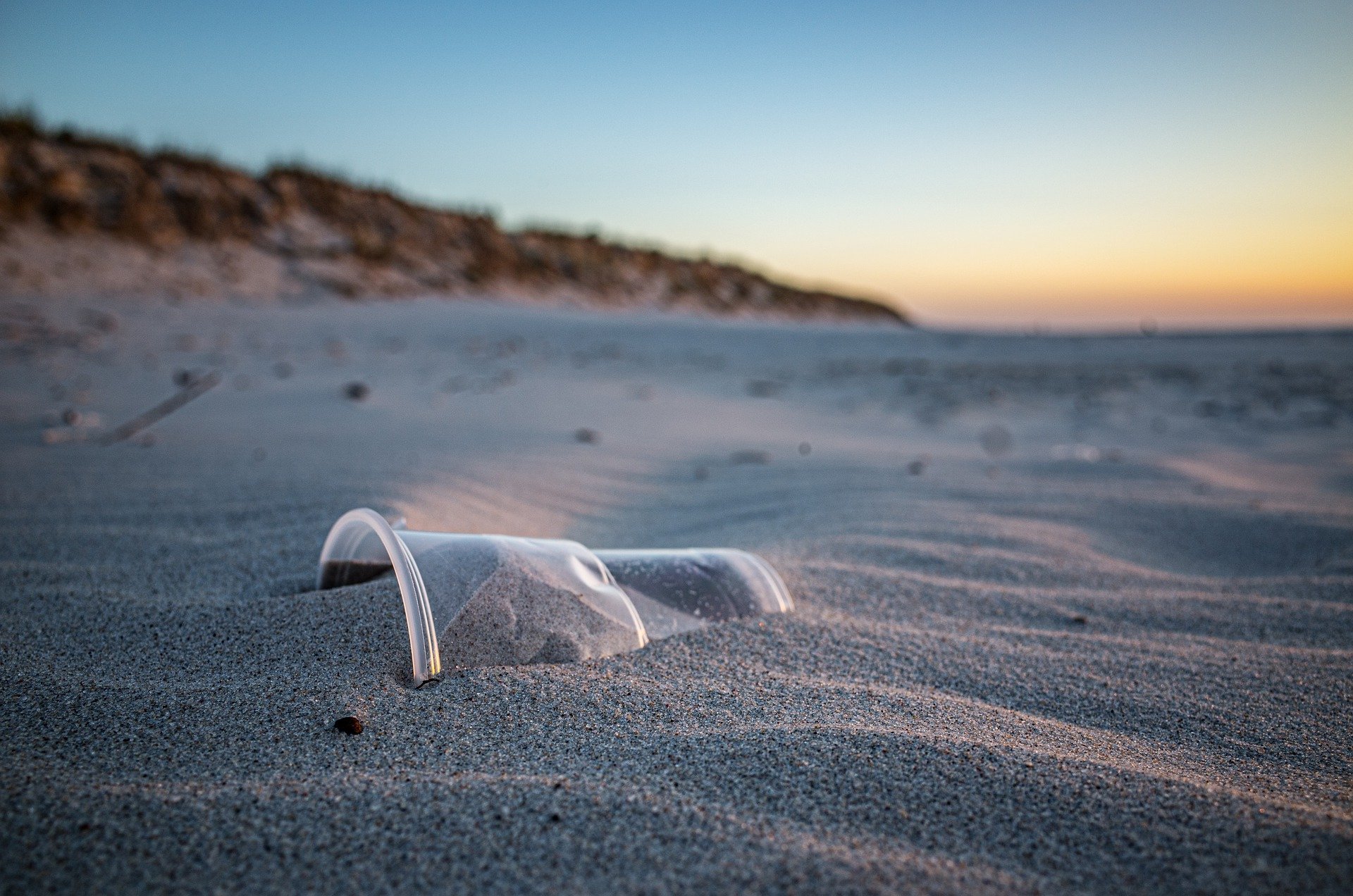
Researchers in Norway are creating a machine-learning model to better understand where plastic waste comes from and predict where it will collect.
The model is in the form of an open-source app that will allow people to photograph plastic waste from a specific region and find out its origin. It can then use machine learning to determine what trends exist regarding the type of plastic that is winding up in regions (for example, plastic waste associated with agriculture or industrial areas) and predict where what areas will become hot-spots for plastic pollution.
“The end-goal is to be able to influence policy with the data,” says PhD candidate Christina Hellevik.
Christina Hellevik is one of the researchers from the Norwegian University of Science and Technology (NTNU) who is heading the pilot project, aptly named PlastOpol. The project’s aim is to add structure to the clean-up process and develop a database to be used by local authorities.
Building a database through photos
According to Hellevik, most beach-clean ups in her region are carried out by volunteers who are tasked with collecting the waste and then manually registering the plastic through a portal. Apart from being slow, she notes that it can demoralize volunteers due to how cumbersome the process is. This would allow volunteers to quickly photograph plastic as they clean, leaving the app to recognize the plastic and automate the registering process into a database.
The database allows for visualizing the trends in pollution, while the model can give indications for where to organize targeted clean-up crews and even indicate who the main polluters are.
“One of the ultimate aims is to make these clean-ups more professional and also shift the burden to authorities,” says Hellevik.
This means that holding precise polluters more accountable by way of government intervention and policymaking. It also puts the responsibility on the government to organize more ‘professional’ clean-up crews to deal with plastic waste.
Pilot Project
In partnership with Ålesund Region’s Port Authority, Møre og Romsdal County and Ålesund Municipality, PlastOpol is a pilot project with aspirations for wider use. Volunteers will be testing the app this spring and it should be ready for public use by 2022.
“We are hoping that in a wider project we could connect the prediction model with the app and create an all-rounded tool for people around the world to use,” says Hellevik. “But this could take a few more years.”
Read about a new method that separates micro-plastics from waste water.


